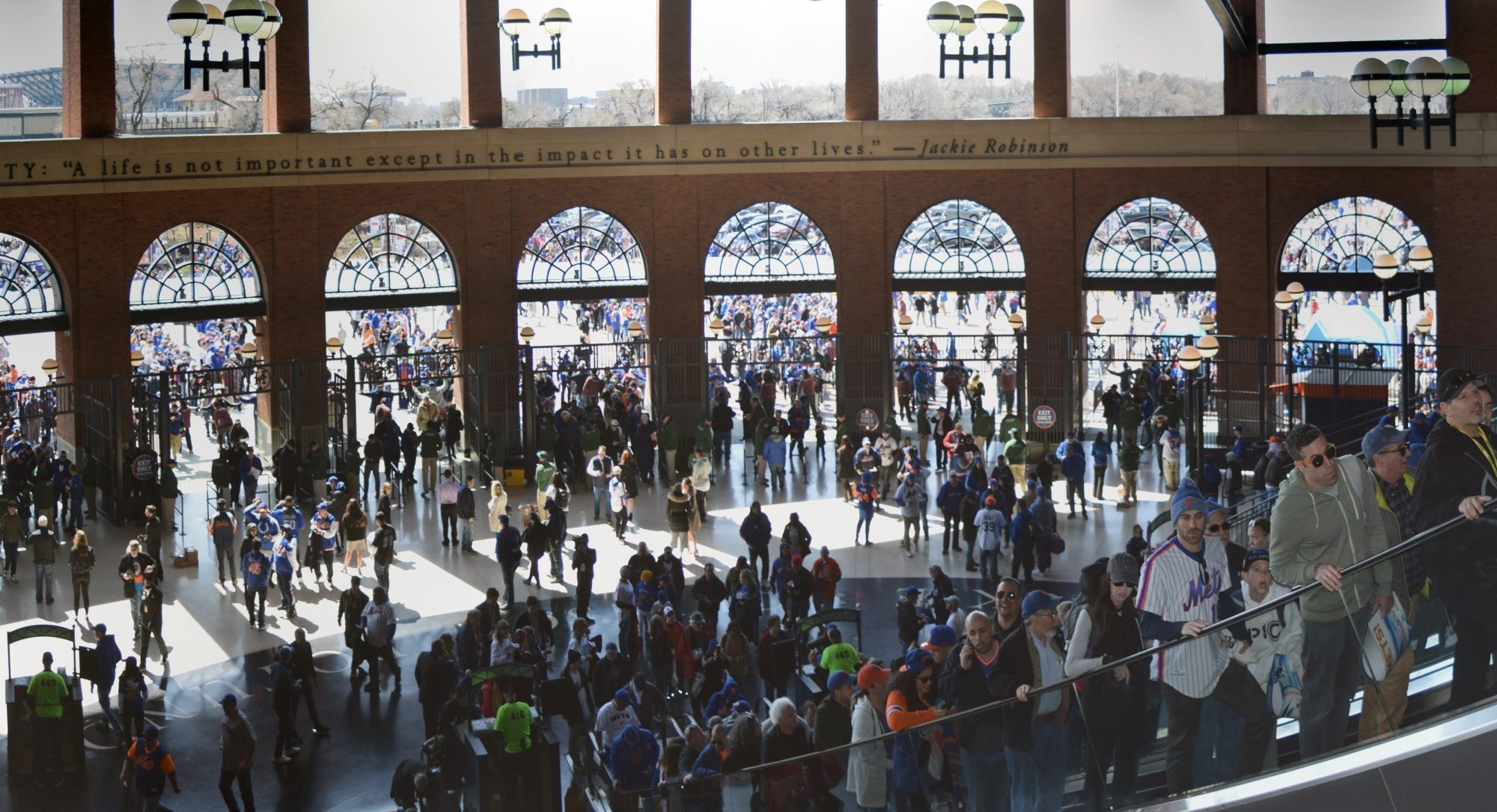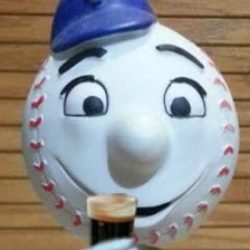With over a month left of baseball it feels like a lot of people have already made up their minds about what the Mets should do. Not only with the rest of the season and who gets playing time, but what they should do in the offseason and who should be the front runners for spots in 2013. There is a lot of time to worry about the offseason, and the remaining games will still tell a lot about the Mets. If we’re going to get a real sense of what’s going on this offseason, it’s important to pay attention to these next 39 games in addition to the ones we’ve already seen.
It’s so easy to jump the gun in today’s society of instant-reaction. We’re in such a rush to be first to a topic, or to be correct in analysis, that we often run roughshod over facts and data to shout to the world that we told it so. The Mets record sinks, or rises, to what we thought it would be and we’re quick to point out that it’s what we expected. We’re silent two weeks ago when Andres Torres was hitting the ball and had a league average OPS+, but now riding a pretty bad slump we’re quick to call for Sandy Alderson to non-tender him in the offseason, despite the possibility that he could hit .350 the rest of the season and have very respectable numbers.
This week’s storyline is that the Mets have quit playing hard, even though there are still 39 games left. They could go a rather pedestrian 21-18 and still finish better than last year. The Mets fundamentals have been sloppy all season. They’ve failed to advance on the bases, they’ve made bad throwing decisions, taken bad at-bats, and let balls fall in front of them that they got a bad jump on. Simply put, they’re not real good in the field. Them continuing to do these things is not indicative of effort but of talent. On top of that, the other teams have learned that the Mets won’t throw them out at home. That know they can expect the balls to drop in and be ready to take the extra base. The scouting reports suggest that Josh Thole is not going to nab them at second if they get a good jump. In the second half of the season teams take advantages of the weaknesses they saw in other teams in the first half while trying to patch their own. The Mets failure to do this was a reflection of the talent level, roster depth, and injury, not one of how much they respect their manager. Despite being four games over .500 on July 29th last year, the Mets fell to eight games under on August 23rd in less than a month and still played .500 baseball from that point forward.
The problem here is that the current state of the Mets is how they’re going to be perceived until the 2013 season starts. Excepting the true die-hards most fans (and the media that’s going to be writing season recaps stories and season preview stories next year) will be refocusing some or all of their attention to other things. There are plenty of pennant races going on elsewhere, the traditional television schedule starts up soon with new shows, the NFL starts it’s schedule pretty soon and kids go back to school and life moves on, leaving the Mets to play out the string with very little true analysis of what’s going on. Even if the Mets win 22 of their last 39 games, they’ll be remembered as having gone into a tailspin in the second half. Ike Davis, who’s had a good second half, could get his on base percentage over .300 and that’ll be quite an accomplishment, but his season will be remembered for the horrible start and when people look at his overall stat line, it won’t reflect the hard work he’s put in. When everyone else around him was struggling to make second half adjustments, Davis did and the results are there if you look for them.
There is no prize for predicting how events were going to turn out in sports or how individual players would perform. More important is thinking about why things turned out that way, what could have been done to fix it, and what are some of the ideas to make sure it doesn’t happen again. “I told you Jason Bay sucked” is not analysis, and following it up with “Andres Torres sucks too, non-tender him” does not carry more weight because you were right about Jason Bay.
Here’s a piece of advice going forward: Try making a coherent argument against what you believe. If you think Ruben Tejada is a solid contributor for 2013, look up his baseball-reference page and try to come up with an argument for why the Mets should look elsewhere for a shortstop. Then read your argument and see if it sounds believable. If it doesn’t you probably aren’t making a thorough enough argument, because in baseball it’s pretty easy to make a case for the success or failure of most players. It’s a game of percentages and probabilities. Even perennial All-Stars have negative things to look at and pitfalls to worry about, but the chances that the things in the positive column happen are way more likely than the negative. With other players the chances are smaller. Ruben Tejada’s batting average on balls in play is pretty high, he’s walking less than less year and striking out more. Those are all notable things and the chances are high that that some of his hits he’s been getting will stop finding holes and become outs. That argument is, probably, out-weighed by the high line drive percentage and the increase in doubles. It’s easy to look at both pieces of information and conclude that you think the chances are better that he’ll continue seeing the ball well and hit it hard for more doubles, but without the context of the batting average on balls in play and walk rate, it’s hard to guess what will happen the next time Tejada has a little slump.
With so much information and so many stats out there, it can be pretty easy to find something that supports your preconceived notion of what you think of a certain player or team. It’s important to stop worrying about trying to prove what you think and try to get a truer sense of what’s actually going on. Because nothing’s more believable than a well-reasoned factual argument.
 You can compare 2013 to 1973 all you want, but the only real similarities are that it’s 40 years later. The Mets miracle run in ’73 got a lot of help from the rest of the teams in the division; something that’s not happening this year. Right now the Braves are too far ahead for the division so that’s out. There are only three teams that they’d need to beat out for the Wild Card, but while the Nationals are catchable, they’d need the Diamondbacks to go 24-25 and the Reds to top that with 19-29 just to force a tie and that’s only if the Mets were able to able to go 30-20 to get to 82 wins.
You can compare 2013 to 1973 all you want, but the only real similarities are that it’s 40 years later. The Mets miracle run in ’73 got a lot of help from the rest of the teams in the division; something that’s not happening this year. Right now the Braves are too far ahead for the division so that’s out. There are only three teams that they’d need to beat out for the Wild Card, but while the Nationals are catchable, they’d need the Diamondbacks to go 24-25 and the Reds to top that with 19-29 just to force a tie and that’s only if the Mets were able to able to go 30-20 to get to 82 wins.
